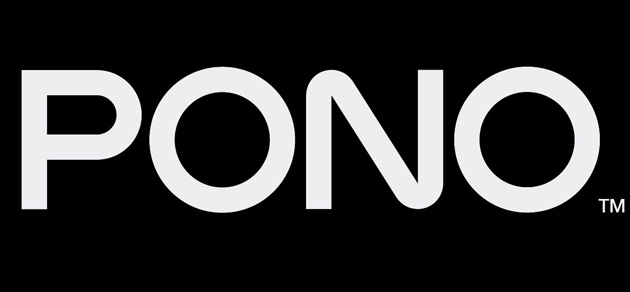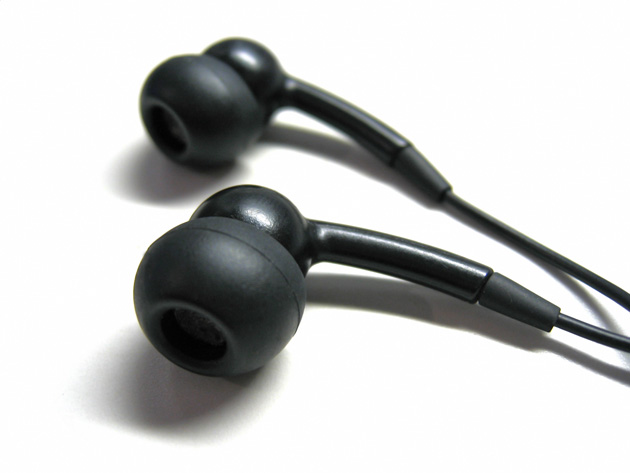 The impending release of Neil Young’s ‘Pono’ raises many questions, both for serious consumers of music, and particularly for those of us who produce music. The veteran rocker‘s new service is slated for release this summer and it promises to offer extremely high quality 192kHz/24 bit digital audio. Compare this to CD quality sound (44.1kHz/16bit), and you’ll have some kind of an idea of the level of fidelity we’re talking about.
The impending release of Neil Young’s ‘Pono’ raises many questions, both for serious consumers of music, and particularly for those of us who produce music. The veteran rocker‘s new service is slated for release this summer and it promises to offer extremely high quality 192kHz/24 bit digital audio. Compare this to CD quality sound (44.1kHz/16bit), and you’ll have some kind of an idea of the level of fidelity we’re talking about.
Just how high does the quality of our digital audio need to be? For DJs, how important is it that the tracks you play out in clubs are of the highest quality? For producers, is it important that the creations you have slaved over for hours in the studio arrive pristine through the listener’s headphones?

The debate still rages about just how high the quality of the audio should be that you play in clubs. The general consensus seems to be that mp3s of 320kbps are fine through club speaker systems, but there are those who say that even these high quality mp3s just don’t cut it through a big system. In an interview for Beatport last year such luminaries as Sander Van Doorn, Loco Dice and Andrew Weatherall all extolled the virtues of DJing using lossless formats such as AIFFs and WAVs. It’s probably worth pointing out that this was in an article that advertised Beatport’s special offers on lossless files, so the recorded views perhaps shouldn’t be that surprising. However, Loco Dice still went on record as saying: “I play lossless files because the format contains uncompressed audio, gives me the maximum audio quality, and doesn’t fail when I combine digital files and vinyl records.” Meanwhile Weatherall states that when he walks into a club, he knows “immediately if a DJ is using Serato and playing MP3s, because to my ears the sound is a little bit harsh in the upper-midrange area. The DJ tries to compensate. You get to the mixer and all the EQs are up—they’re trying to put back in the frequencies that have been taken out—and it never works. And the sound engineer is scratching his head, saying, ‘Oh, the soundsystem doesn’t usually sound like this.”
Many DJs do still swear that it is near on impossible to hear the difference between a 320kbps mp3 and a WAV, but the fact remains that mp3 conversion does leave artefacts as this excellent video by Kendal Osborne demonstrates:
Of course, if you begin to time-stretch a lower quality file, the degradation of the audio does become much more apparent very quickly.
Whatever our choices are, at least as DJs we have control over the quality of the audio our audience hears. As producers, this situation is much harder to control. Even if you do release your music physically, on vinyl or CD, in most cases the vast majority of your audience will either listen to an mp3 or, increasingly, will stream the music from a service such as Spotify. At a recent music industry conference, I heard such luminaries as Mark Mulligan and Scott Cohen predict that before too long, music consumers will be streaming almost everything. As mobile network coverage improves and wifi becomes more commonplace, eventually we will no doubt be able to stream high quality audio, but right now that just isn’t the case. Services such as Spotify and Google Music offer streaming at up to 320kbps, but often will be streaming at much lower bit rates. Our masterpieces are not being done justice!

This brings us back to Neil Young and Pono, as the void he is trying to fill is that of a simple digital solution that provides great quality audio. He has even said that Pono “will force iTunes to be better and to improve quality at a faster pace, “adding that he wants “to save the sound of music”. Certainly you imagine that there will be a market for this within audiophile spheres, but will it really capture the public imagination? You feel that there are just too many obstacles in the way. If we’re honest, many younger people don’t readily pay for music, whilst many older music fans have already had to replace their music collections one or more times as formats have changed. Do they want to pay out all over again? Furthermore, is the average person in the street even that bothered about audio quality? Even as a music producer how often do you listen to music in far from ideal scenarios; on a treadmill at the gym, on the radio while you’re washing the dishes, in the car during your commute – this is how most people experience music. Maybe Pono’s 192kHz/24 bit sound just isn’t that relevant in these situations.




